Public Administration MCQs 2020
Excel in your exam preparation by practicing with the solved Public Administration MCQs from the CSS 2020 paper. This collection is a vital tool for understanding the conceptual depth required for a high score. The questions cover a wide range of theories, including the humanist approach, systems theory, and Frederick Taylor’s scientific management. You’ll also find questions on critical governance concepts like iron triangles, administrative reforms like reengineering and downsizing, and the core definition of bureaucracy. This solved past paper is perfect for testing your grasp of both classical and modern administrative paradigms.
Contingency theory is based on the assumption that the ideal leader:
A. Shapes their leadership style depending on the situation.
B. Provides clear instructions to the followers so that they know what they are doing.
C. Knows what their strengths are and makes the most out of them.
D. Spends time with their followers and therefore listens and responds to their needs.
The humanist approach emphasizes leadership, whereas the pluralist approach emphasizes _______.
A. Employees
B. Interest groups
C. Third parties
D. Bureaucrats
Leadership may be defined as:
A. The ability to motivate people to work towards a common goal.
B. The ability to command people to work towards a common goal
C. The ability to discipline people
D. None of these
Of the following choices, _________ studies, how an organization interacts with its environment through inputs, and outputs.
A. Systems theory
B. The humanist approach
C. The third-party approach
D. The formal approach
Good communication skills and motivation techniques _________.
A. Are the foundation of leadership
B. Will earn you respect from people
C. Are helpful to your leadership
D. None of these
The scientific management movement placed too much emphasis on __________ and too little emphasis on human behavior and workers’ satisfaction.
A. Hierarchy
B. Efficiency
C. Authority
D. Legitimacy
A leader must ______.
A. Always lead with the objectives in mind
B. Always make decisions that are popular to his people.
C. Remove those who do not support his ideas or hinder his plans.
D. None of these
Gulick and ______ represent the structural approach.
A. Argyris
B. Taylor
C. Weber
D. McGregor
Bureaucracy literally means a system of government by:
A. Elected representatives
B. Officials
C. Nominated representatives
D. None of these
The concept of ______ stresses the many differences among agencies.
A. Hierarchy and authority
B. Scientific management
C. Organizational cultures
D. Top-down authority
